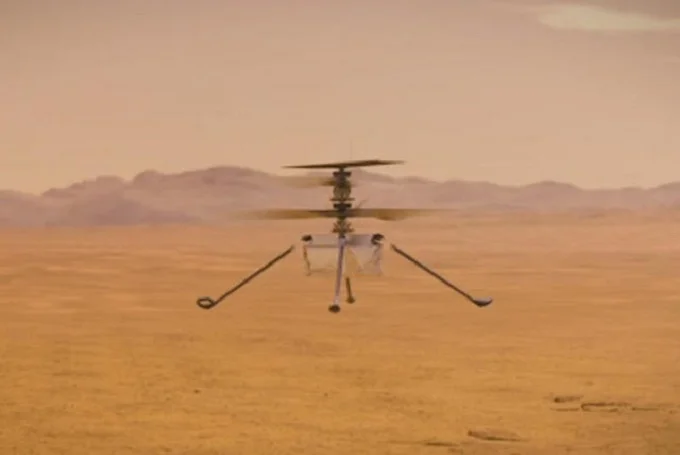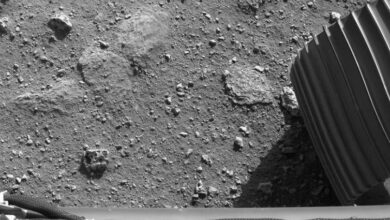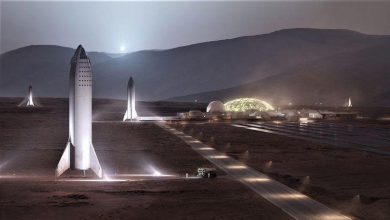Blood, sweat and tears: researchers name ingredients to create concrete on Mars

Suppose the cost of transporting a single brick to Mars was estimated at around two million dollars in 2017. In that case, scientists at the University of Manchester propose making Martian concrete after arriving on the Red Planet using the urine, blood, and tears of astronauts.
As the idea of colonizing the Red Planet gains momentum, scientists are looking for ways to make this endeavor less expensive. Researchers at the University of Manchester notably propose a proven method of making concrete once the astronauts are on site.
While researchers previously focused on pebbles, dust, and a little water as the main components of this concrete, the study’s authors, published September 10 in the journal Materials Today Bio, are turning to a source that has so far been overlooked: the crew itself.
They designate in particular serum albumin, a protein in blood plasma. Its use as a binder for Martian dust would make it possible to make a kind of concrete with a compressive strength of nearly 25 MPa (Megapascals). For comparison, this figure varies for ordinary concrete between 20 and 32 MPa. This new material was called AstroCrete.
And that’s not all. Scientists also established that the urea that the human body excretes with urine, sweat, and tears could further increase its compressive strength by over 300%, which would make it perform better with resistance to compression of nearly 40 MPa.
Medieval technology
However, this is an old method because animal blood was historically used as a binder to make mortar. “It is exciting that a major challenge of the space age was able to find its solution based on inspirations from medieval technology,” said Aled Roberts, one of the study’s authors, as quoted by the University of Manchester.
Either way, scientists have calculated that a crew of six astronauts could produce over 500kg of high-strength AstroCrete during a two-year mission to Mars. Suppose this concrete was used as a mortar for sandbags or thermofused regolith bricks. In that case, each crew member could produce enough to expand their habitat to house an additional person, doubling the number of accommodations available on each successive mission.
The problems of colonization
A December 2017 article in the trade journal Structure estimates the cost of transporting a single brick to Mars at around two million dollars, making it problematic to build settlements from earthly materials.
However, the challenge of colonization does not seem insurmountable for Elon Musk, who plans to send a million people there over the next 30 years. On January 9, 2021, he once again mentioned his intention to build a city on Mars.
Moreover, in April, he himself admitted that the trip would be “dangerous, uncomfortable”, that there would “probably not be good food”, and that not all could “come back alive”. He stressed that the mission would only open to volunteers because “a handful of people will probably die at the beginning”.
In August, in a forum in the World, Louis d’Hendecourt, emeritus research director at CNRS and Aix-Marseille-University, described the project of the founder of SpaceX as absolutely impractical. Not only because you have to pay “a disastrous environmental cost at all levels (funding, natural resources and… pollution)” to leave Earth, but also because Mars is by definition an uninhabitable planet and the attempts to “terraformer ”are doomed to failure.



![This is what sunrise and sunset on Mars looks like [Photos]](https://afrinik.com/wp-content/uploads/2019/05/nasaf.jpg)

Thank you for nice information